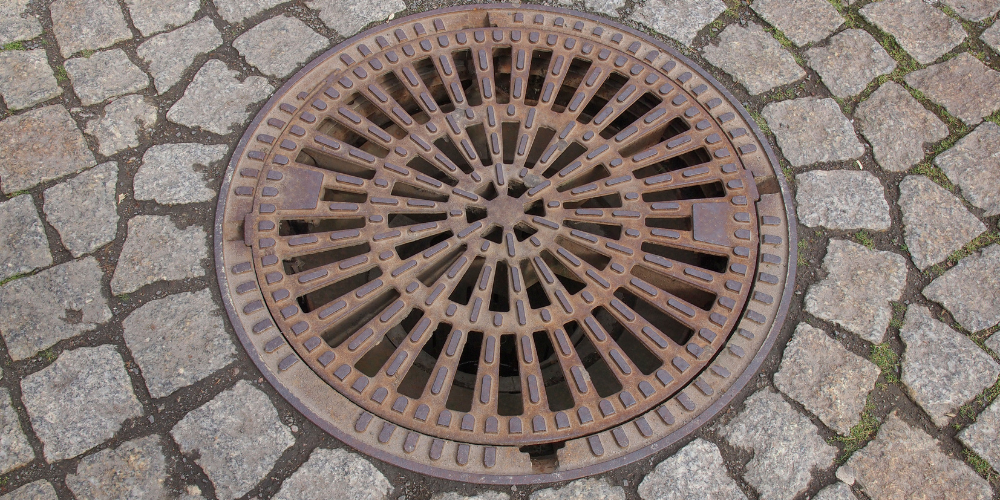In recent years, the construction industry has witnessed a paradigm shift in the materials and techniques used for infrastructure development. One significant innovation that has emerged is the use of plastic manhole chambers, which are revolutionizing traditional underground utility systems. These innovative structures are transforming the way we design, install, and maintain our sewage, water, and telecommunications networks. In this article, we will delve into the world of plastic manhole chambers, exploring their benefits, applications, and the potential they hold for the future of infrastructure development.
Traditionally, manhole chambers have been constructed using materials such as brick, concrete, or steel. While these materials offer durability and strength, they are heavy, cumbersome, and time-consuming to install. Additionally, they are prone to corrosion, requiring regular maintenance and repair. The introduction of plastic manhole chambers has revolutionized this aspect of infrastructure construction.
Benefits of Plastic Manhole Chambers
Lightweight and Easy Installation: Plastic manhole chambers are significantly lighter than their conventional counterparts. This feature simplifies transportation and installation processes, reducing labor costs and construction time. These chambers can be easily maneuvered into place, eliminating the need for heavy machinery and extensive manpower. Click here to read more about manhole chambers.
Durability and Longevity: Despite their lightweight nature, plastic manhole chambers exhibit exceptional strength and durability. They are resistant to corrosion, weathering, and chemical degradation, ensuring longevity even in harsh environmental conditions. This durability reduces the need for frequent maintenance and repair, resulting in substantial cost savings over time.
Flexibility and Customizability: Plastic chambers offer unparalleled flexibility in design and construction. They can be easily modified to accommodate changing infrastructure needs, such as additional pipes, cables, or access points. This adaptability makes them ideal for evolving urban environments, where infrastructure demands are constantly evolving.
Applications of Plastic Manhole Chambers
Sewage and Drainage Systems: Plastic manhole chambers have found extensive use in sewage and drainage systems. Their resistance to corrosion and chemical degradation makes them an ideal choice for wastewater management. The lightweight design enables easier installation in tight spaces and reduces the risk of structural damage to surrounding areas.
Water Supply Networks: Plastic manhole chambers are suitable for water supply networks, offering secure and reliable access to valves, meters, and pipes. They provide protection against leaks and contamination, contributing to the preservation of clean water sources. The flexibility of plastic chambers allows for future expansion and modification of water infrastructure systems.
Telecommunications and Fiber Optic Networks: The need for efficient and reliable telecommunication networks continues to grow rapidly. Plastic manhole chambers provide a cost-effective solution for housing fiber optic cables, network switches, and other communication equipment. Their lightweight construction and adaptability make them an excellent choice for expanding telecommunication networks.
The Future of Plastic Manhole Chambers
As technology and innovation continue to advance, the future of plastic manhole chambers looks promising. Some potential developments include:
Integration of Smart Technologies: Plastic manhole chambers can be equipped with sensors, monitoring systems, and remote access capabilities. This integration enables real-time data collection, improving maintenance processes and enhancing overall system efficiency.
Sustainable Materials: The ongoing focus on sustainability in construction may lead to the development of plastic manhole chambers made from recycled or biodegradable materials. This would further reduce the environmental impact associated with infrastructure development.
Advanced Manufacturing Techniques: Advances in manufacturing techniques, such as 3D printing, may enable the production of complex and customized plastic manhole chambers. This would offer increased design flexibility and cost-effectiveness, opening up new possibilities for infrastructure development.
Conclusion
Plastic manhole chambers have emerged as a game-changer in the field of infrastructure development. Their lightweight construction, durability, and flexibility have revolutionized the way we design and construct underground utility systems. With numerous benefits and applications across various sectors, these innovative chambers offer cost-effective, sustainable, and efficient solutions for the challenges of modern urban environments.
